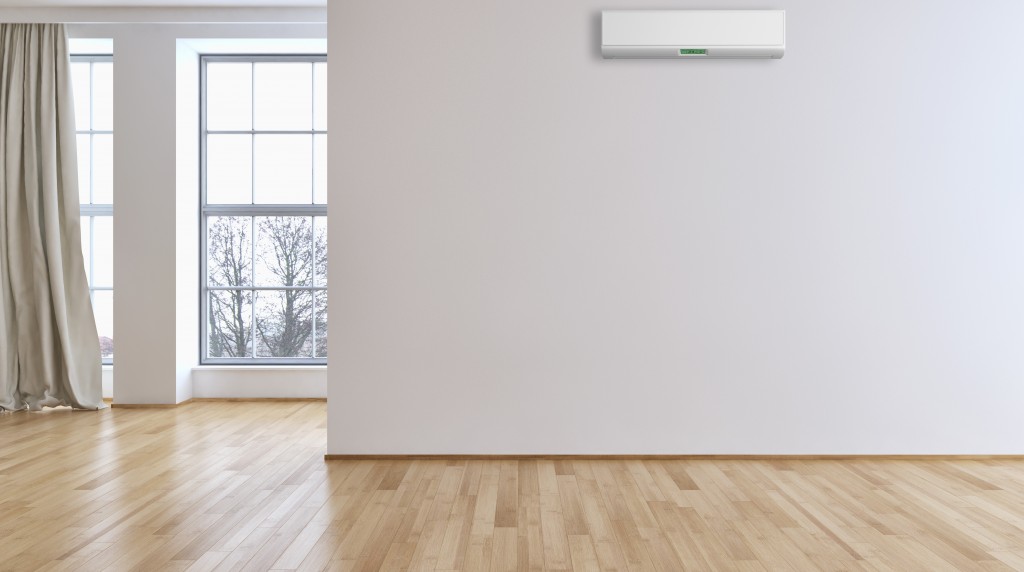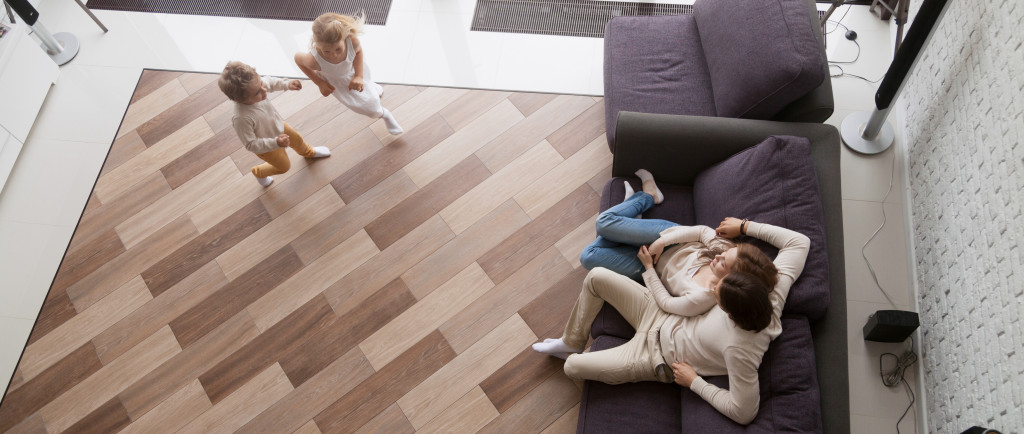Wood is the most popular interior material in the world. Not only is wood the material of choice for creating different furniture styles, but it’s also used in wall paneling, ceilings, doors, windows, bed frameworks and, of course, flooring.
Many people choose wood flooring for interiors due to its timeless appeal. The material is incredibly versatile and can fit anywhere, from classical ancestral estates to modern minimalist apartments. There are also many types of wood flooring, which can pose a problem for anyone looking for the right flooring for their homes.
With a wide variety of qualities and options on the market, from Melbourne engineered flooring to solid wood flooring, making the right choice can seem complicated. Here are a few aspects you should consider when choosing wood flooring for your home:
-
Hardness
In lumber parlance, hardness refers to the ability of wood to resist dents and tear. There are hundreds of different types of wood on the market, each one with different hardness, but most woods can be classified into two categories: hardwood and softwood. But that doesn’t mean softwood is weaker than hardwood. Some uses call for hardwood while others call for softwood.
Botanically, hardwood comes from trees that shed leaves annually, while softwood trees remain evergreen all year round. Because hardwood trees grow slower than softwood trees, hardwood is often denser than softwood. But what does this mean for you?
When you hammer a nail on hardwood, the wood will often split. You might have to use a drill to secure pieces of hardwood together. On the other hand, softwood, due to its light properties, will accept the nail without damage to the structure.
-
Grain
Wood grain refers to the arrangement of the wood fibers, which gives lumber its distinct pattern or appearance that many people look for. The grain also determines the wood’s texture, density, and porousness. When lumber people say that a piece of wood is open-grained or close-grained, they’re talking about the size of the pores. The bigger the pores, the more filler you have to use to ensure a smooth finish.
-
Natural color

Every type of wood has its distinct natural color, different from painted woodwork and furniture that we often see. Natural colors ran the gamut from natural browns, reds, and oranges to blue, purple, and even black. This is why some people prefer just a coat of varnish and some sanding to preserve the natural color.
The most common wood types have colors like reddish-brown, golden brown, yellow, and light red. The colors have no bearing on wood quality, so choose to your heart’s content.
-
Cost
Just as wood can differ wildly in terms of color, grain, and hardness, it also comes in a wide range of price tags. It all depends on the type, rarity, and qualities of the wood. Generally speaking, softwood is more economical than hardwood because it’s lighter and grows faster. Some softwoods are more expensive, however, especially if it’s used for furniture and ornaments. Common wood types like oak and pine are popular due to their reasonable cost.
Whether you choose engineered flooring or solid wood, the most important thing to understand is that wood gives you freedom of choice when designing your home. Follow these simple guidelines, and you’ll find the best wood for you in no time.



